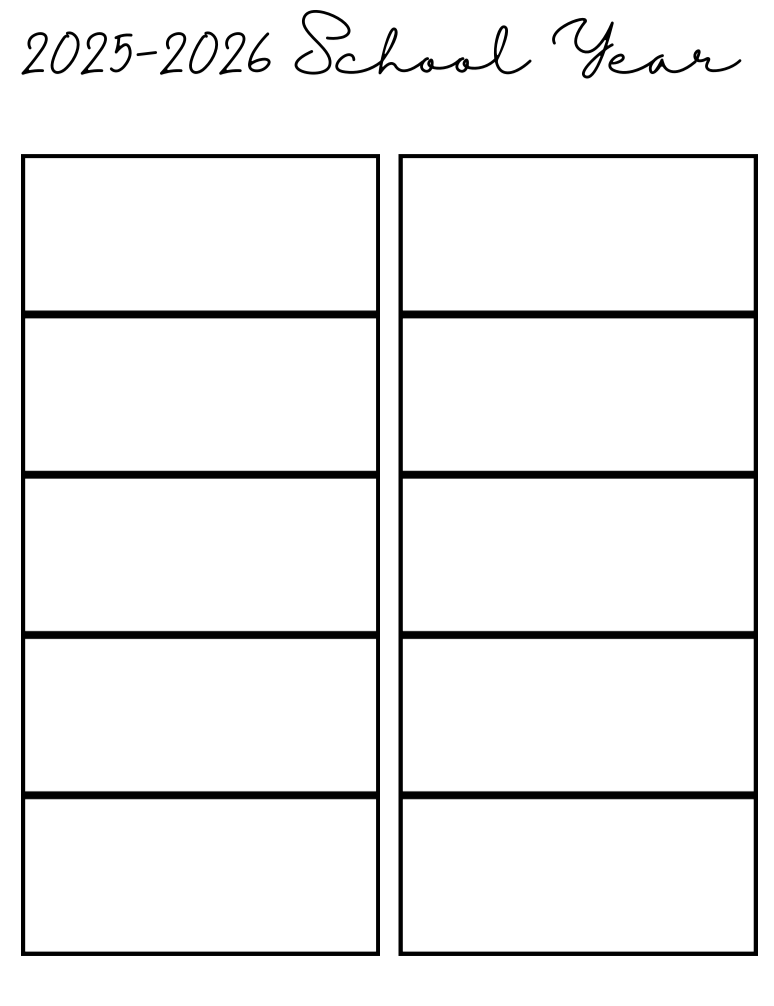I’ve been gone for a minute, so, as a way of saying hey! and I’ve missed you! I am making this first Syllabus Go Bag post FREE to everyone! If you’d like to see more of this in the 2024-2025 school year, consider becoming a paid member for $5/month. You get access to ALL of our archives from the last five years! Plus all the new goodies that are en route!
Now that it’s mid-March, I’m starting to think about next year. And that’s the inspiration behind the syllabus go-bag series this spring.
Over the four years of the Moving Writers Community, we have amassed a lot of resources that we can mix and match to create grand game plans that can meet your needs, your students’ needs, and your standards at the same time.
Each syllabus, made up of resources from the MWC vault, will have a theme to help you see the building blocks of teaching across a semester or year.
The term “go bag” has been stuck in my head recently — the idea that you’ve prepared something in advance that contains the essentials, the most important things. And that if, at a moment’s notice, you have to leave, you already have every thing you need ready to flee at a moment’s notice.
That’s my hope for these — that if you needed to, everything you need for a variety of teaching situations would be ready to go. Ready to flee. Ready to implement at a moment’s notice.
Our first go bag is dedicated to reading with balance — lots of different types of reading across a school year that you can slide in between writing projects.
Grab a copy by clicking the button below to download!
What you’ll see in the Syllabus Go-Bag represents what I think you could reasonably cover in a year with your students. Let’s dive into what’s here!
Independent Reading
Independent reading should be an ongoing assignment from the first day of school to the last. It does so much of what we can’t do any other way — namely, building (we hope!) a love of reading, giving students unlimited choice in what they read, and building consistent reading stamina over time. Here, you’ll find one of my all-time favorite webinars, 20ish Strategies for Managing Independent Reading as well as a project you could use over-and over all year to “assess” independent reading while creating a class podcast of book reviews that can feed other students’ reading lives.
Literary Salons
For me, every well-balanced reading classroom has small group reading experiences peppered in with individual and whole-class reading experiences. In my class, literary salons have consistently been more successful than traditional book clubs.
I’m giving you two primers here for how to get them going in your own class.
The beautiful think about literary salons is that it’s a system — you can use ANY text(s) and use them to teach ANY set of reading skills and strategies.
Whole-Class Fiction
You might be surprised that my ready-to-go reading syllabus only has one whole-class fiction unit. This used to be the thing I did the most — 4-6 whole-class reads per year. And it left no time for any thing else.
I’m a less-is-more gal these days. Students coming to your class have more practice with fiction than anything else. They are also getting consistent practice with fiction through independent reading. AND I can use literary salons as an opportunity to teach fiction strategies as well. So, I only do one or two big, whole-class, traditional reads each year.
This is one of my all-time favorites because it gets so deliciously Englishy. Identifying symbols and motifs makes kids feel smart. It makes them feel like “Oh, I can do that English class thing.” And using symbols and motifs to help students articulates themes prepares them so well for future English classes where they will shine.
Whole-Class Nonfiction
Instead of more whole-class fiction, I opt for more whole-class nonfiction — something students generally don’t get enough practice with, but on which they will be repeatedly tested. Not to mention that after they leave English class, nonfiction is most of what they will be assigned.
These two nonfiction units help students figure out what they should be paying attention to when they read nonfiction and then practicing that in a deep dive on a lengthy nonfiction article that will also give them practice identifying main ideas and finding textual support.
Okay? What Now?
There may be elements of this syllabus you want to grab and drop into your final quarter of school this year. But it might also provide a little kindling for thinking about the 2025-2026 school year. Here are some questions to think about?
How can these units help me meet my standards?
How can these methods help me improve what I am already doing with my students?
What might I want to swap out in my current curriculum for something I see here?
Where does my current reading curriculum need a little boost?
Where can some or all of these elements slide into your school calendar?
Print out a handful of these little low-key planning calendars and start playing with what next year could look like. If an ideal unit is 3-5 weeks, then one month per unit feels like an easy way to conceptualize your planning. Each box here represents one month of school.
This summer, we’re going to get serious about our planning together — and ALL included with your membership.
I’d love to hear what you think — is this helpful for you? What might you use? Please comment on this post or head to our monthly chat !







Thank you!! So helpful!
Thank you so much for these awesome resources! Perfect timing. Thinking of you and your family.